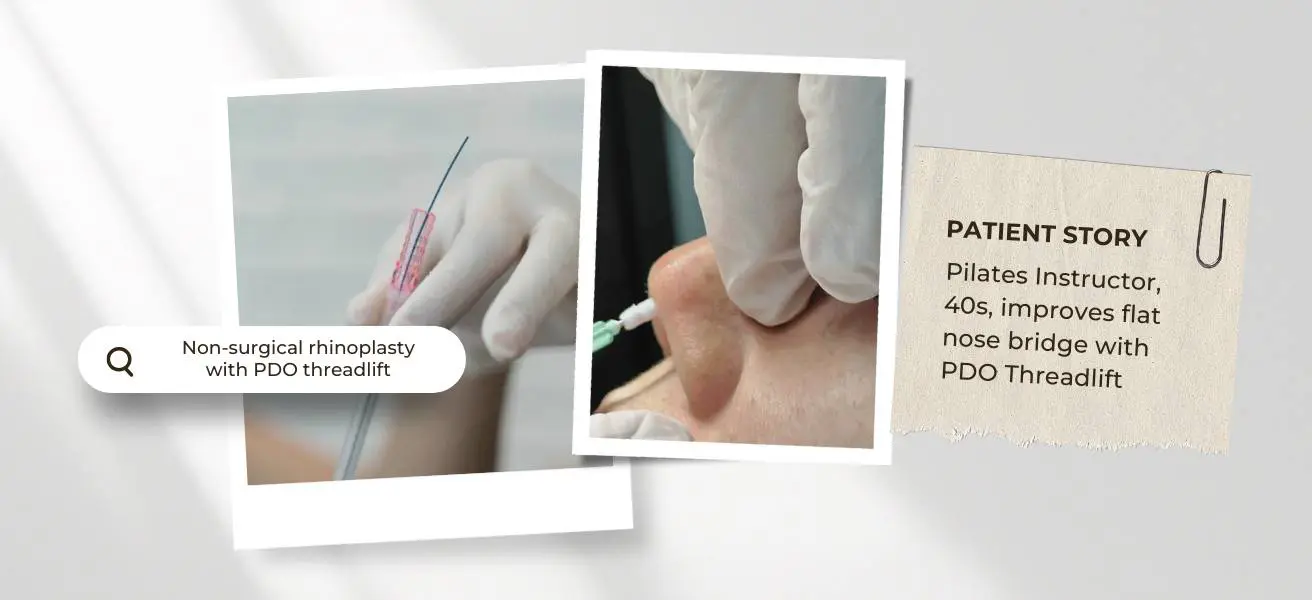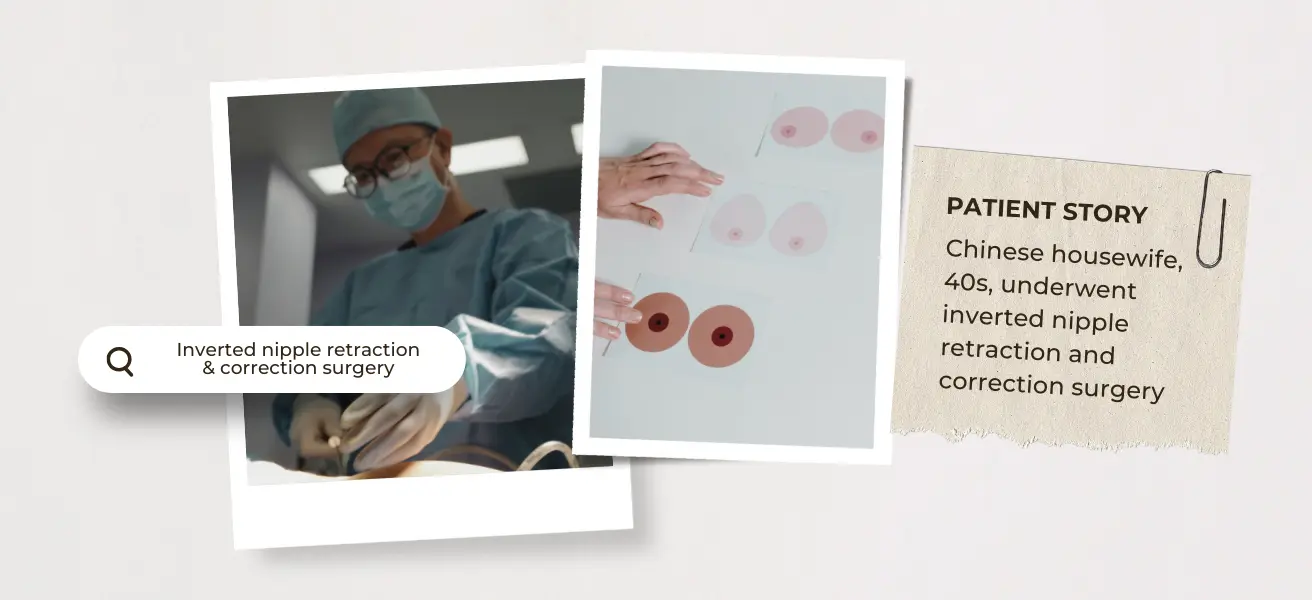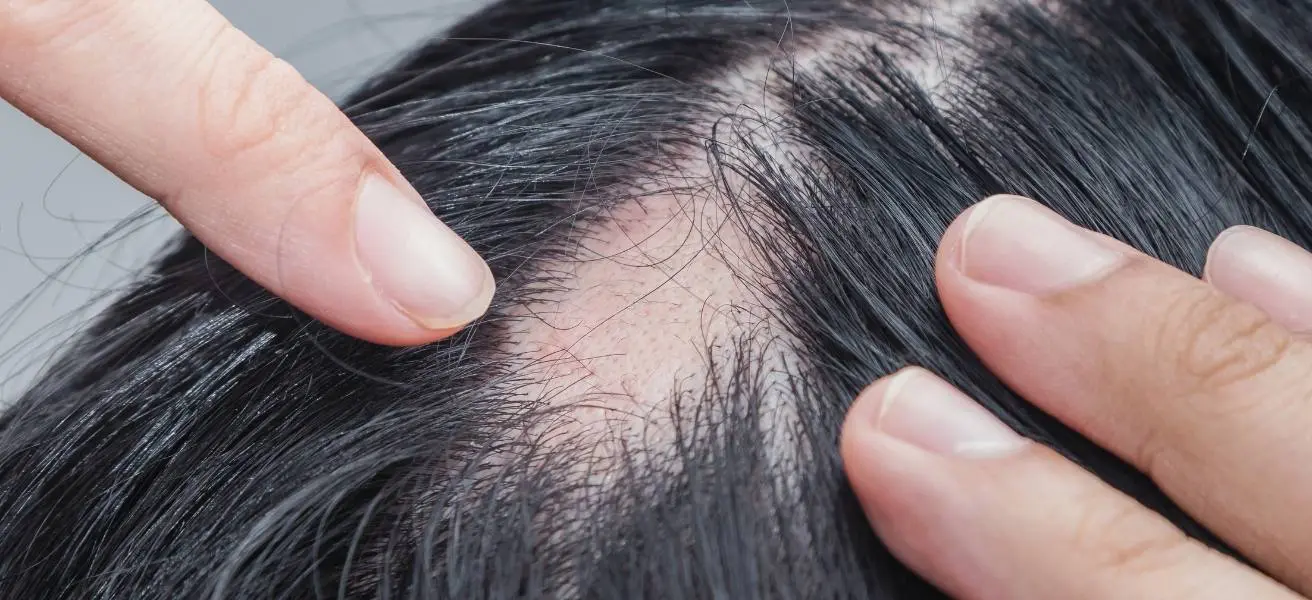"Abs are made in the kitchen." Weight loss, just like abs, also starts in the kitchen. Here are some healthy dietary habits to consider.
Table of Contents
What are buffalo hump and lipoma?
Buffalo hump (A Hump Behind The Shoulders)

Buffalo hump is an accumulation of fat on the upper back, situated between the shoulder blades and the back of the neck. It is medically termed as dorsocervical fat pad.
Lipoma (Fatty lump beneath the skin)

Lipoma is a benign growth beneath the skin, composed of fat cells (adipocytes). It typically presents as soft, painless and movable tissue mass that can appear anywhere on the body and in multiple sites, typically on the shoulders, trunk, neck, or armpits. It usually occurs in middle-aged men and women.
Causes and Symptoms
Causes And Symptoms Of Buffalo Hump (A Hump Behind The Shoulders)
Buffalo hump (dorsocervical fat pad) can be attributed to various factors, including:
- Certain medications used in HIV treatment
- Prolonged usage of specific glucocorticoid medications
- Elevated levels of cortisol hormone, often due to Cushing Syndrome
- Certain genetic disorders characterised by abnormal fat accumulation
- Obesity
Causes And Symptoms Of Lipoma (Benign Fatty Tumours)
Although the cause of lipoma is mainly unknown, lipomas may be linked to specific medical conditions such as multiple hereditary lipomatosis, Gardner syndrome, adiposis dolorosa and Madelung's disease.
While lipomas are doughy but not tender, it can easily be moved with finger pressure. However, they may feel uncomfortable if pressed against a nerve or develop near a joint.
Located directly beneath the skin, lipomas look symmetrical, usually round or oval in shape and smaller than 5 cm in diameter, although larger ones may grow around 15 cm wide.

Diagnosis
How is buffalo hump diagnosed in Singapore?
To diagnose a buffalo hump and to identify its underlying cause, the doctor typically will review the individual's current medication and medical history, followed by a comprehensive physical examination.
Additionally, imaging assessments such as X-ray, MRI or CT scan may be ordered to differentiate between fat deposits and spinal changes.
How is lipoma diagnosed in Singapore?
Common lipomas are commonly diagnosed clinically and are sent for histologic examination following complete surgical excision via lipoma removal surgery in Singapore.
However, in certain cases, pre-surgical radiologic imaging may be advised, particularly if the lipoma exhibits the following characteristics:
- Giant size (greater than 10cm)
- Rapid growth
- Presence of Pain
- Fixated to underlying tissues
For most subcutaneous lipomas, imaging investigations are not necessary before excision surgery.
What is the treatment for buffalo hump and lipoma in Singapore?
Treatment options in Singapore for buffalo hump primarily aim to address the underlying cause and may include pharmaceutical therapy, surgical removal, or cessation of medications. Lifestyle changes may also be recommended in certain cases.
Various lipoma treatments in Singapore can be employed to address lipomas, including intralesional steroids alongside isoproterenol injection and lipoma removal surgery.

Surgical treatment for buffalo hump and Lipoma removal surgery in Singapore
Buffalo Hump Removal via Liposuction in Singapore
The Buffalo Hump removal procedure via liposuction is gaining popularity for eliminating excessive fat accumulation around the lower back of the neck and between the shoulders.
During the procedure, fatty tissues are reduced and removed, and the shoulders are contoured. Recovery is generally swift, accompanied by minimal discomfort.
Lipoma removal surgery in Singapore
Subcutaneous lipomas are generally benign and are usually addressed during lipoma removal surgery if they cause pain and discomfort due to their location.
Cost of buffalo hump removal and lipoma removal surgery in Singapore
According to Dr Ivan Puah, both conditions are structurally different, and so are their treatment approaches. Buffalo hump is more of a cosmetic issue, thus done via liposuction, while lipoma is more of a medical condition which requires surgical excision.
Depending on the extent of the clinical condition and the surgery performed for lipoma removal surgery in Singapore the treatment may be claimed through insurance or Medisave.
If you suspect you have buffalo hump or lipoma, we welcome you to a private consultation with Dr Ivan Puah.





























